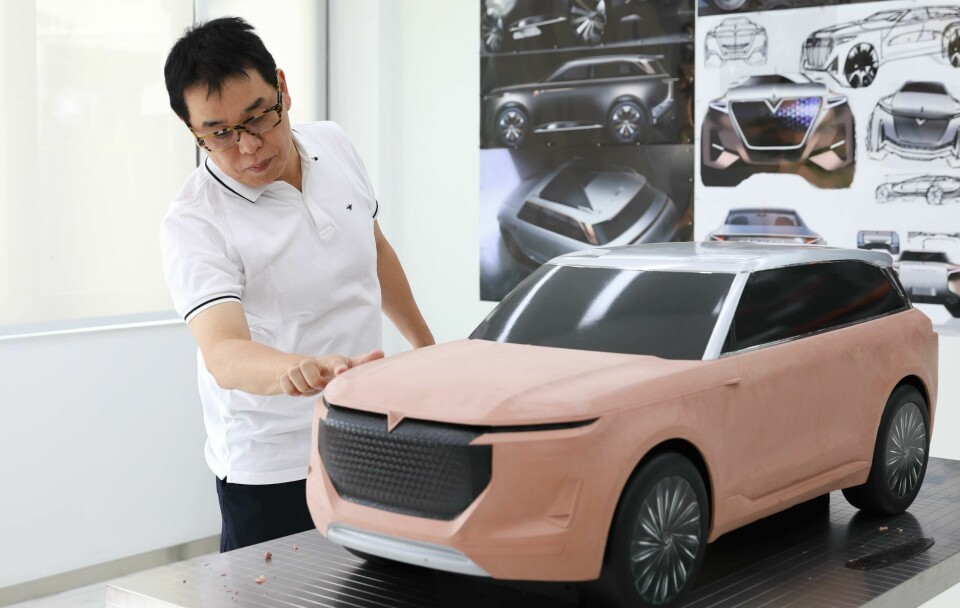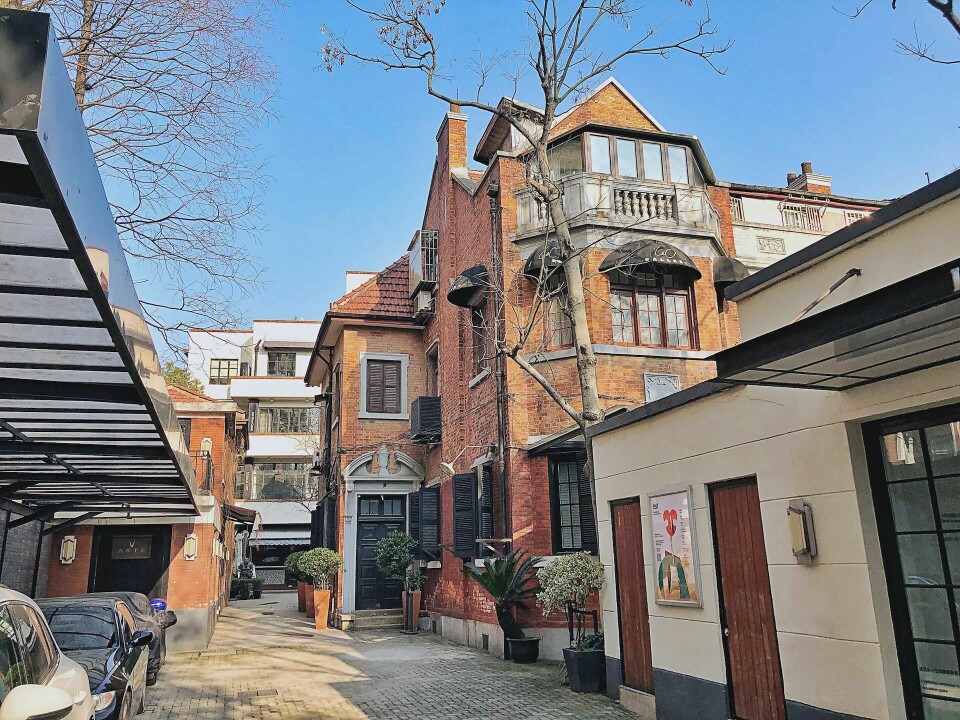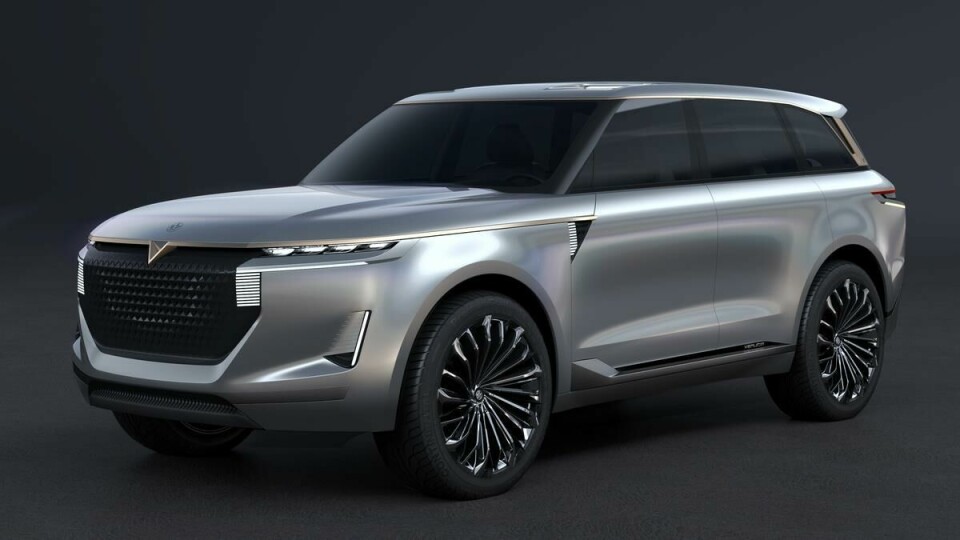
Interview: Valuing Venucia design with Taiji Toyota
Venucia’s deputy managing director talks about the future of Venucia design
The plain tree-lined streets of Shanghai’s former French Concession may seem a strange place for a car design studio, yet here, hidden away on the top floor of a mixed retail and leisure development, big plans are afoot. At the 2011 Shanghai Auto Show a variety of new local brands by international players burst onto the scene – partly for political reasons and partly to tap into lower-tier markets which demanded cheaper cars.
The most successful today is Baojun, partly owned by General Motors. However, the only other one of these brands that remains significant is Venucia – created by Nissan with its JV partner Dongfeng. Starting out with a rebadged first-generation Nissan Tiida and Leaf, Venucia in the beginning largely worked with tried and trusted Nissan models. But today with sales of around 140,000 a year, Venucia is keen to break away from that past.

Formerly Nissan China’s Head of Design, Taiji Toyota is now deputy managing director at Venucia. “Before, Nissan payed a lot of attention to design vocabulary for Nissan, Infiniti and Venucia. I came here in 2016 and from 2017 I was told to think that Venucia should be different from Nissan; we are not going to be the same, we are going to be more independent, design wise, with Venucia,” said Toyota.
Although Venucia has a studio and technical centre in Guangzhou, it is far from the city centre, in an industrial area near the airport. “It is difficult to get stimulation there and it is difficult to attract the new wave in China to there. So, after I started, I asked for a studio in Shanghai, because here it is easier to get good talent and being an international city, it makes us think differently,” said Toyota. Consisting of two main design areas plus a terrace, the studio currently has about fifteen people working there – all apart from Toyota are Chinese. As there’s still some spare space, Toyota thinks that for the current size of the brand it suits its purpose well – referring to it as a “cool space.”

Unlike fellow Japanese brand Honda, which has been far more committed to designing for China, Nissan has only designed one car especially for China. The Nissan Lannia – the Chinese name interestingly means Bluebird – was designed by Toyota when he headed up Nissan’s studio. “Nissan thinks for the global market. Venucia however is not sold in other countries. The speed in China is very, very fast, so we need to think for China and develop in a much quicker way than the usual Nissan way,” said Toyota.
According to Toyota the average development time for Chinese brands is around fifteen months, and Venucia aims to also have much quicker times than the international norm. Plans call for the release of two new cars per year. Earlier this year, Venucia showed its striking V Concept at the Shanghai auto show, and this will be followed up at the Guangzhou show with the unveiling of the production version, which stays remarkably true to the concept.
“With Venucia we don’t want too edgy a design, but it should be advanced. The worst thing for a Chinese customer to hear from friends or family is ‘Why did you buy this car?’ With the V Concept all the elements are exaggerated compared to the production version, but the elements are the same. I don’t like to rely on character lines; I like to use stance and volume,” said Toyota. The new model will fit in above the current T70 – a car based on the first-generation Nissan Qashqai.
“Starting with the new car, it is the turning point of design. We will use that platform for another new car – with very quick steps we are going to change our design to the new generation,” said Toyota, before adding that last year’s X Concept will also spawn a new production car in the future.

Venucia largely targets customers in tiers two, three and four. “Venucia at the beginning was thinking about affordable vehicles to sell outside the city area because those areas are developing very quickly,” said Toyota. Although Venucia has some EV models and recently launched an electric version of the D60, these cars are largely too expensive for the target customers and there is often not enough charging infrastructure in less developed areas. Toyota believes that the reduction of government subsidies is also making them less attractive to potential buyers. “For RMB80,000 an EV would be very small, but people in China don’t like small cars, they want a larger car to show they are successful,” said Toyota. Going forward, all cars including EVs will be using Venucia’s own platform.
The Shanghai studio concentrates on advanced design for the brand, including show cars, whereas Guangzhou is more production-focused about how to put a design into production. Although the studio cannot do full-size clay models, it can do smaller-scale ones and go to suppliers in Shanghai for full-size versions. The pressure though now for Toyota is to make a success. “I don’t like to create a premium brand. I want to create something affordable with a premium feel,” he said – something that Venucia customers seem to appreciate.



















